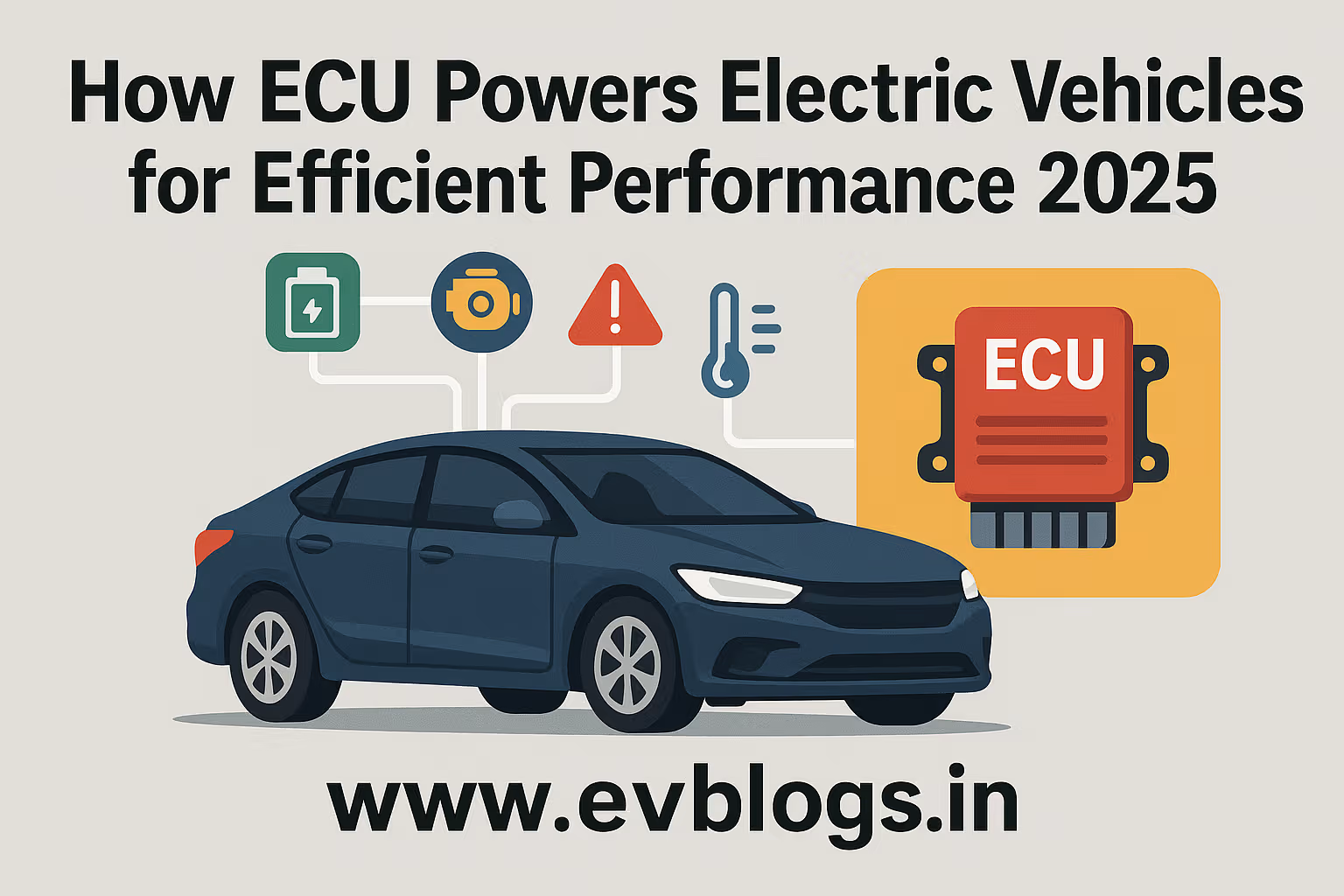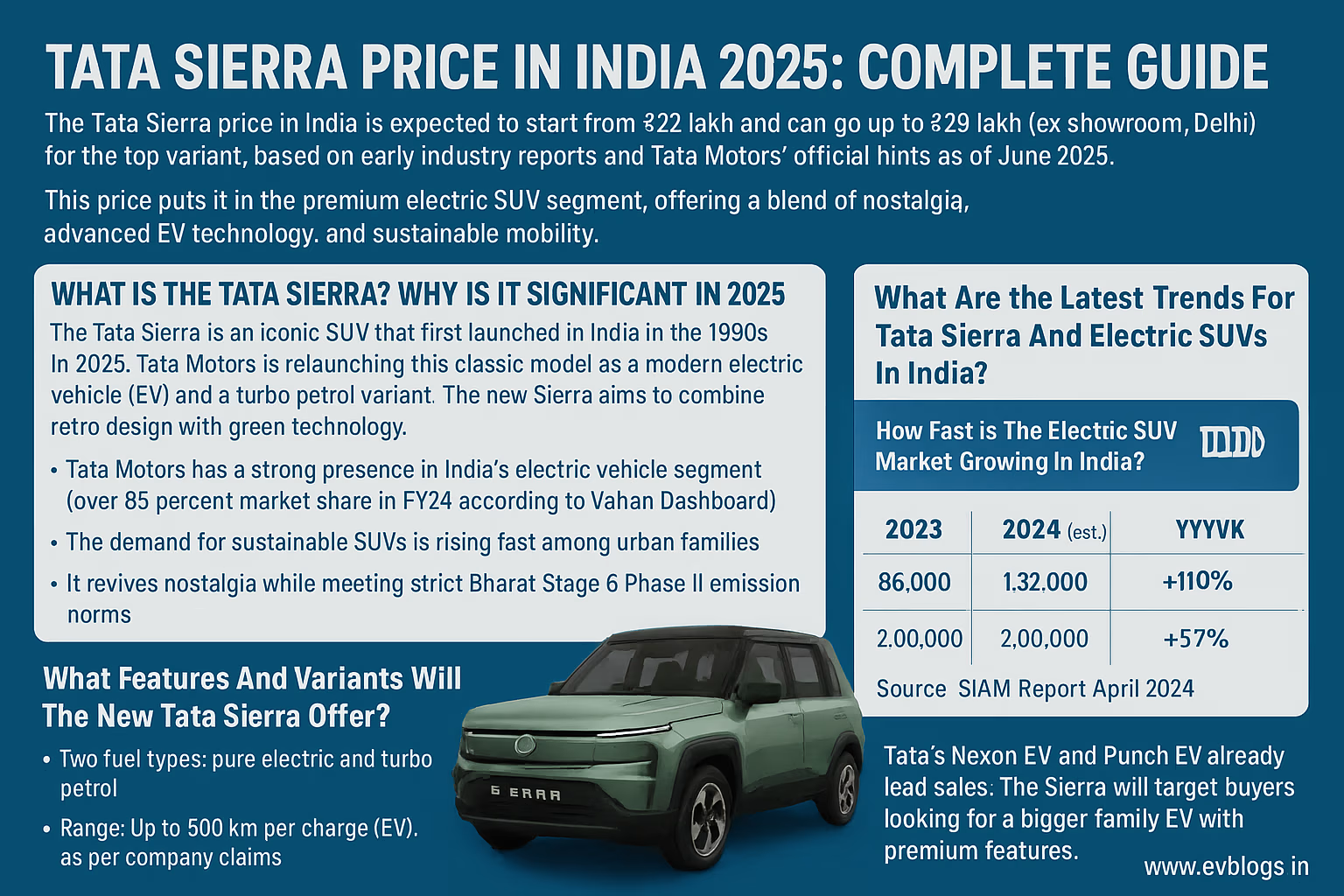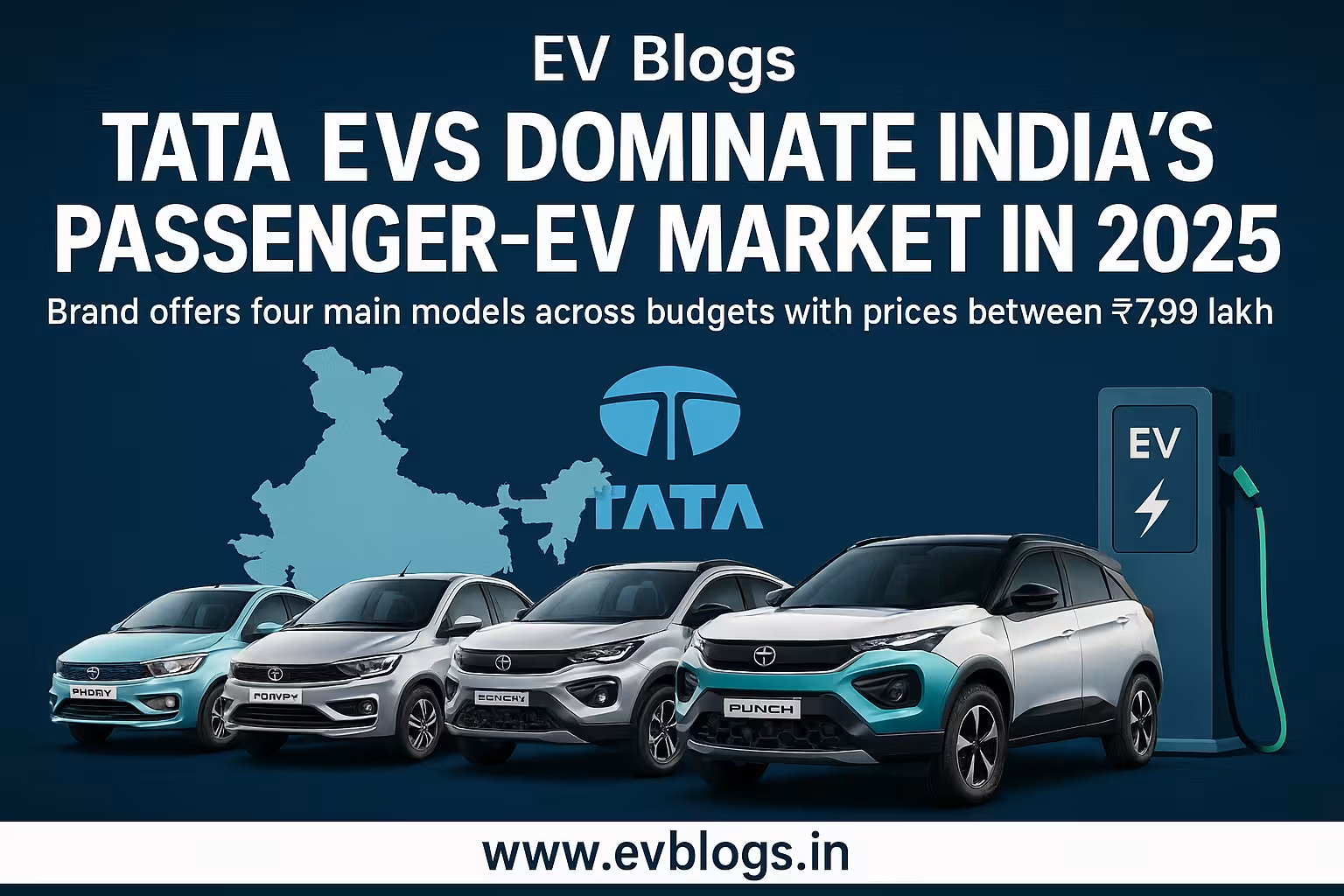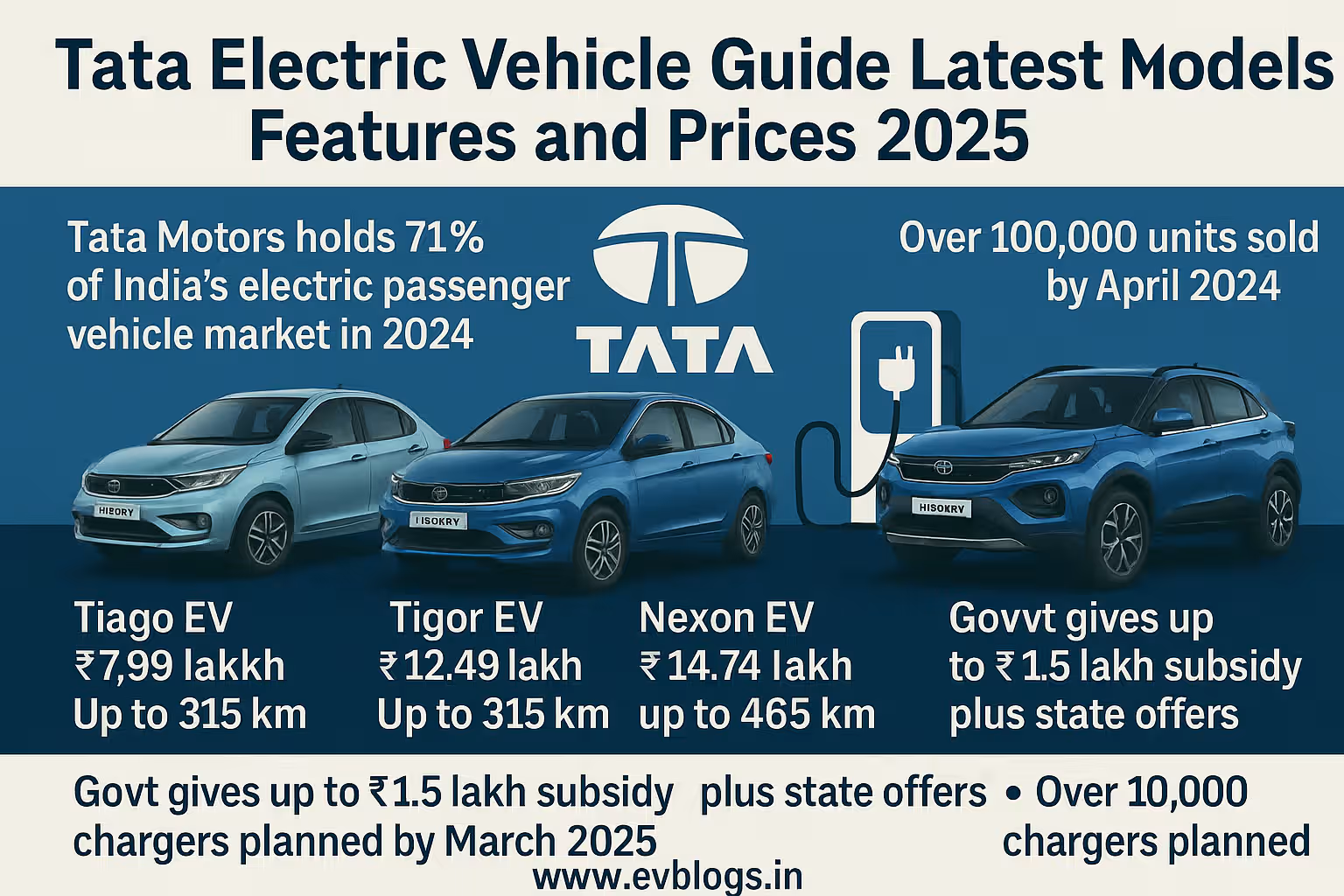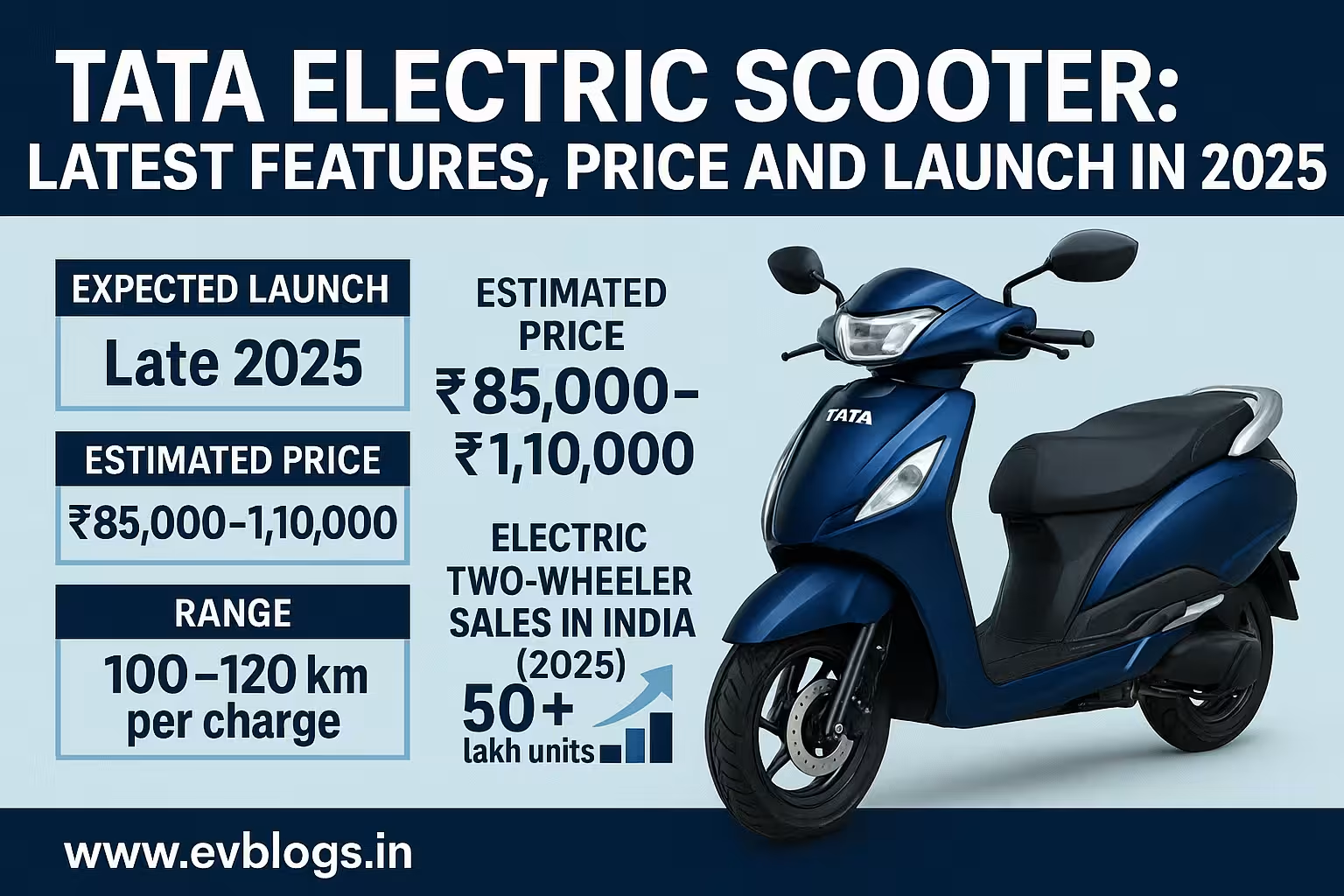Hedhvick Hirav
Hedhvick Hirav is a dedicated EV researcher and editor with over 4 years of experience in India’s growing electric vehicle ecosystem. Their contributions have been recognized in leading sustainability publications and automotive journals.
Summarize & analyze this article with
Choose an AI assistant and open this article directly:
Tip: if the AI doesn’t fetch the page automatically, paste the article URL manually.
How Electric Vehicles Degrade
There is a Battery Degradation in Electric Vehicles and this is what all owners need to know.
Introduction: Changing Face of mobility
Electric vehicles (EVs) have rapidly transitioned from niche status to mainstream adoption, especially in countries like India, the US, and across Europe. Government incentives, environmental advantages and reduced running costs are what attract consumers. Nonetheless, there is always one question that arises in the minds of potential and current EV owners: How many miles can my EV battery travel?
Battery degradation, the decrease in the ability of a battery to store an electric charge, has practical consequences in real life through reduction of range, performance, resale value and overall ownership cost of a vehicle. With the development of battery technology and the explosion of EVs in 2025 and beyond, it is critical to know how the battery degrades in order to make informed choices concerning purchasing, owning, or selling an electric car.
The article simplifies science around degradation and hears out the factors affecting battery degradation, gives you actionable tips to improve your battery life, and busts common battery-related misconceptions: now you are guaranteed with up-to-date facts about your EV experience.
Interpretation of Battery degradation
What Is Degradation Of Battery?
Battery degradation is a reduction in the charge that can possibly be used by a rechargeable battery over time. In the case of EVs, which, in the majority of cases, are equipped with lithium-ion batteries, this implies that over time, their driving range and the speed of charging will diminish.
The Major EV battery degradation facts:
- Every rechargeable battery wears out; it is not yet possible to avoid it.
- Normal use of typical modern EV batteries results in a loss of approximately 2-3 percent of capacity per year.
- Degradation is not linear, and most batteries degrade more quickly at first and then more slowly.
Why it occurs?
The degradation of the batteries takes place both gradually due to chemical and physical transformations within the cell:
- Electrochemical Side Reactions: traces of lithium are metallurgically lost each charge-discharge.
- Growth of Solid Electrolyte Interphase (SEI): Protective layers form but thicken over time, reducing available lithium ions.
- Physical Stress: Electrodes or separators are damaged by expansion/contraction during charging.
Complicating issues
The research into the causes of battery degradation is complex, using a complex methodology that tries to avoid the interrelationship between the factors. It is basically affected by several factors which are as following.
By becoming knowledgeable about such factors, you can do several things to slow down a process:
| Factor | Affect to Degradation | Remark |
|---|---|---|
| Temperature | High temperatures increase the rate | Excessive exposure to temperatures above 30 o C is detrimental |
| Charging Speed | Fast charging accelerates wear | DC fast charging intensifies heating of cells, in comparison with AC charging |
| Depth of Discharge | Batteries are worn out by full cycles | It is best to maintain 20-80 percent |
| Calendar Age | Batteries wear out over time | Unless they are left un-used |
| Driving Habits | The affects of the aggressive driving are fewer | However, fast acceleration/discharge produces heat |
The Climatic Conditions are Important
The heat weather of India may also propagate the decay of the battery in case the cars are parked in the outdoors, as well as when driving a large amount of mileage in the summer months. In contrast, cold climates slow chemical reactions but can reduce immediate range (though not long-term health).
ARE EV BATTERIES LIABLE TO SLOW DOWN QUICK? Reals Numbers
Claims made by the Manufacturers versus Practical Data
Most manufacturers offer an 8-year/160,000 km warranty on their batteries against excessive capacity loss (often defined as falling below 70% original capacity).
Recent data (2022–2024) shows:
- Tesla Model 3/Y: - About 10 more at 250 000km
- Hyundai Kona/Nexon EV: - ie 8-10% loss in 120000km
- Tata Nexon EV (India): ~7% loss after 80,000 km in mixed conditions
- Nissan Leaf: Previous generation models were more fitted with high rates because of the absence of conduction management
Note: Batteries are unlikely to “fail” completely; they just gradually hold less charge.
Is It Deal Breaker
For most drivers who annual mileage is less than 15,000 km.
- A new EV with ~350 km range may still deliver >300 km after eight years.
- Middle degradation does not often affect everyday usability of urban drivers.
Why To Know of Battery Degradation Benefits
Why is this of importance to you?
- Accurate Cost Calculations: Knowing true battery lifespan helps you estimate total cost of ownership (TCO).
- Higher Resale: A car with a deep battery command a good price.
- Longer Range: Degradation is also slower, which implies fewer worries about the need to idle along a roadside conduit.
- Sustainability: Increasing battery life span minimizes the requirement to mine raw material.
Practical Tips How To Slow Down Battery Degradation
Best Practice of Charging
Do Not Repeat Frequent Charges to 100 per cent
Don’t let daily charge levels reach 80 – 90%, unless you really need it for a trip.Never Allow Charge to Fall Below 20 %
Severe draining leads to stress; replenish as could be the case before becoming completely low.Reduce Fast charging
Take the advice of using DC fast chargers sparingly and using home and AC charging as much as possible.
Anpha 40:0-0,17 C anpha 40: 0-1.4, H 27-0, K 32-0, U 45-0, Spokes GEFS 102 on medium rate 10.78 amp 6 hour amp h limit 64.8 amp h and 12 km.
Fast charging elevates the chemical erosion and the internal temperature.
Temperature Management
- Park in covered/shaded places when it is hot.
- Cool cabin before you start your trip instead of when you are plugged in.
- Do not leave vehicle fully charged under extreme heat over a long period of time.
Driving Tips & Tips On Storage
- Accelerate and decelerate in moderation; when possible, avoid the vigorous accelerating/decelerating.
- If storing for weeks/months (e.g., vacations), leave battery at ~50% charge.
Which battery lasts longer? The comparison of technologies.
There are different chemistries of Lithium-ion:
| Chemistry | Common application | Advantages | Disadvantages |
|---|---|---|---|
| NMC | Most passenger cars | High energy density | Sensitive to heat |
| LFP | Entry-level/Commercial | Very durable | Lower cold-weather range |
| NCA | Premium/performance | Long cycle life | More costly |
LFP batteries (used by Tata Nexon/LXP Plus) are less prone to rapid degradation and tolerate repeated full charges better than NMC types.
The changing of the battery process & prices.
It is getting increasingly less, as batteries have a longer life than it was originally thought of, but it is not something out of the question.
- Diagnosis: Vehicle shows reduced range/capacity (<70%), or DTC error codes signal faulty modules.
- Warranty Check: In case of warranty heart of time/mileage, the manufacturer settles the cost of replacement/repairing.
- Out-of-Warranty replacement: There will be different prices:
- India: Rs 4–6 lakh for compacts SUVs/sedans
- US/Europe: Most models are between 5000 and 10000 dollars
Analysis of prices will be reduced since cell costs will be reduced to an even lower level by 202526
Minimum Repair: Becomes more feasible- one can replace the modules that undergo an issue instead of the entire pack.
Tip: Always request a detailed State-of-Health (SoH) report before replacing or buying a used EV.
Professional and Developments
The Question of Expert Opinion What do Experts Say?
According to the leading researchers:
Most private users will never require a replacement in normal ownership cycles with proper management and better chemistries such as LFP entering mass market models.
— Dr. Anil Jain, IIT Delhi Centre of Automotive Research
OEMs are spending a lot of money on sophisticated thermal management systems-liquid cooling/heating- to maximize cell life irrespective of climate.
Second Life & Recycling Programmes
Old EV batteries may serve as backup power storage (“second life”) even after automotive use ends—mitigating end-of-life waste concerns.
commonsense in Indian circumstances
- Buy from brands with proven track records in thermal management (Tata Motors, MG Motor India).
- Demand periodic service that needs testing of the battery health annually.
- Fleet/taxi operators that log on the high mileage in a short period of time consider LFP fitted models or those that have commercial duty cycle-rated vehicles.
- Before buying, look for real-life owner reviews found on community forums, or on social media group pages.
Every day Use Cases & Comparisons
Urban Commuters:
Battery aging does not pose much of a threat with lower daily drive and moderate speeds at home more often.
Long-Distance Travelers:
Should check SoH once a year; should plan some long trips that need DC fast charging but should not make it a habit.
Used Car Purchasers:
Review official SoH reports provided by the service center before making deals; watch out fo the existence of a rapid degradation after prior misuse or poor climates.
Frequently Asked Questions (FAQ)
Q1: Will the battery of my electric car have to be replaced in a period of five years?
A: The chances are slim, in case you use batteries in accordance with recommended usage patterns; most of the newer batteries can be serviced well longer than eight years with little to no capacity loss.
Q2: Does fast charging hurt my cars battery?
A: Fast charging is okay in-between but frequent use results in increased wear since additional heat is created when large quantities of power are transferred.
Q3: Can I check my car’s battery health myself?
A: Many cars display basic health info via infotainment or apps but comprehensive reports require service center diagnostics tools measuring actual State-of-Health (SoH).
Q4: What is the Indian weather impact on my battery?
A: Hot environments speed up the properties of chemical aging; shady/covered parking areas and features associated with pre-conditioning will reduce the effects.
Q5: Do the government have regulations regarding minimum warranty on EV batteries?
A: Yes; FAME II scheme requires at least eight years or 160,000 km warranty on traction batteries attached to new EVs when they enter Indian market since April 2020.
The Practice: How to have your Battery Last Longer Supplied: Actionable The Takeaway:
Degradation is not a myth: lucky you can control it with knowledgeable decisions:
- Maintain charge levels anywhere between 20-80 percent where possible.
- Use DC fast chargers as little as possible; and charge at home/AC.
- Practically speaking, Park intelligently-avoid heat.
- Plan regular checkups in registered service shops.
- Follow updates on software designed to update functionality including thermal or efficiency.
By adopting these habits—and choosing reputable brands—you can maximize your investment while enjoying all the benefits of electric mobility with minimal worry about your car’s “heart” wearing out prematurely.
Sources
- International Energy Agency – Global EV Outlook 2024
- US Department of Energy – Batteries for Electric Cars
- Tata Motors – Nexon EV Owner’s Manual
- Tesla – Impact Report 2023
- NITI Aayog – Handbook On Electric Vehicle Battery Swapping Policy
- CleanTechnica – Real World Data On Tesla Model S/X/3/Y Battery Degradation
- Indian Express – Explained: How Long Do Electric Car Batteries Last In India?


